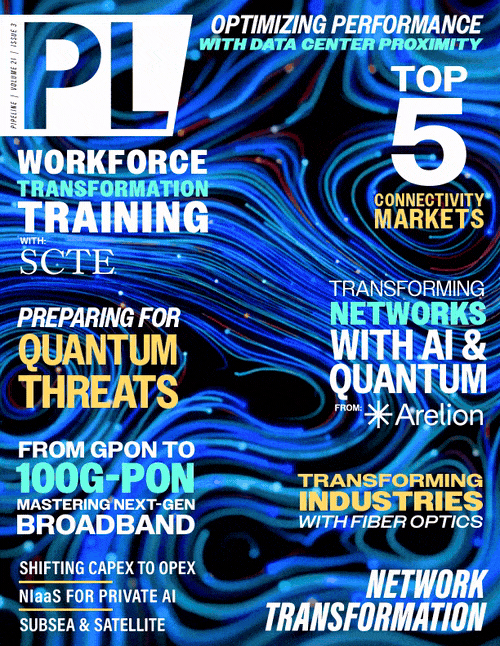Innovative SAS Recognized for AI-powered Deforestation Detection SAS analytics powerhouse receives honors from Fast Company and PRNEWS for AI innovation and environmental stewardshipSAS, the leader in massively parallel analytics and AI, has once again been recognized for its social innovation initiatives. This World Rainforest Day, the organization celebrates its honorable mentions in Fast Company’s 2021 World Changing Ideas Awards and the 2021 PRNEWS CSR & Diversity Awards for its joint project with the International Institute of Applied Systems Analysis (IIASA) tracking human impact in the Amazon rainforest. This is one of many social innovation projects from SAS employees, whose curiosity inspires them to use data to solve pressing humanitarian issues. SAS was recognized in the AI and
Data category of the Fast Company World Changing Ideas Awards, which honor the
businesses, policies, projects and concepts that are actively engaged and
deeply committed to pursuing innovation when it comes to solving health and
climate crises, social injustice or economic inequality. Similarly, SAS was
recognized in the Environmental Stewardship category of the PRNEWS CSR &
Diversity Awards, which honor communicators who use their platforms for the
betterment of their communities and the global community at large.
Detecting deforestation, one click at a time The Amazon is the world’s largest rainforest and home to an impressive 10 percent of the world’s biodiversity. Unfortunately, deforestation is wreaking havoc on the Amazon; approximately 800 square kilometers of forest is destroyed every month. Even worse, during the COVID-19 pandemic, there’s been a surge of deforestation in Brazil. To drive stronger deforestation policy responses, SAS and IIASA jointly built an AI platform to analyze satellite images of the rainforest to show the location and magnitude of forest damage more effectively. Then, they asked an army of data scientists to review the images to better train the AI models. Users classified if there were signs of human impact in the images, helping improve the AI algorithm and expedite the analyzation process. This improved view of deforestation helps support critical policies to quickly and effectively protect our forests. The project launched on Earth Day 2020, and throughout the year, researchers continued to add more images from across the Amazon to expand the effort. To date, citizen scientists from across 119 countries classified more than 919,000 square kilometers of the Amazon. By using image data from this ecologically diverse territory, the computer vision model is given a variety of examples so it can eventually learn to detect human impact anywhere in the Amazon. In addition, citizen data scientists have started classifying more recent images to identify where new human impact is occurring. If researchers can show their predictive model is successful at identifying areas most at-risk of future deforestation, it could be useful for governments and forest monitoring bodies to carefully track and respond to forest changes. SAS is continuing work to solve this important issue and has recently joined forces with Amazon Conservation to expand efforts for developing AI algorithms to expedite the identifying, tracking, and intervention of illegal deforestation in key parts of the Amazon. Source: SAS media announcement | |

















